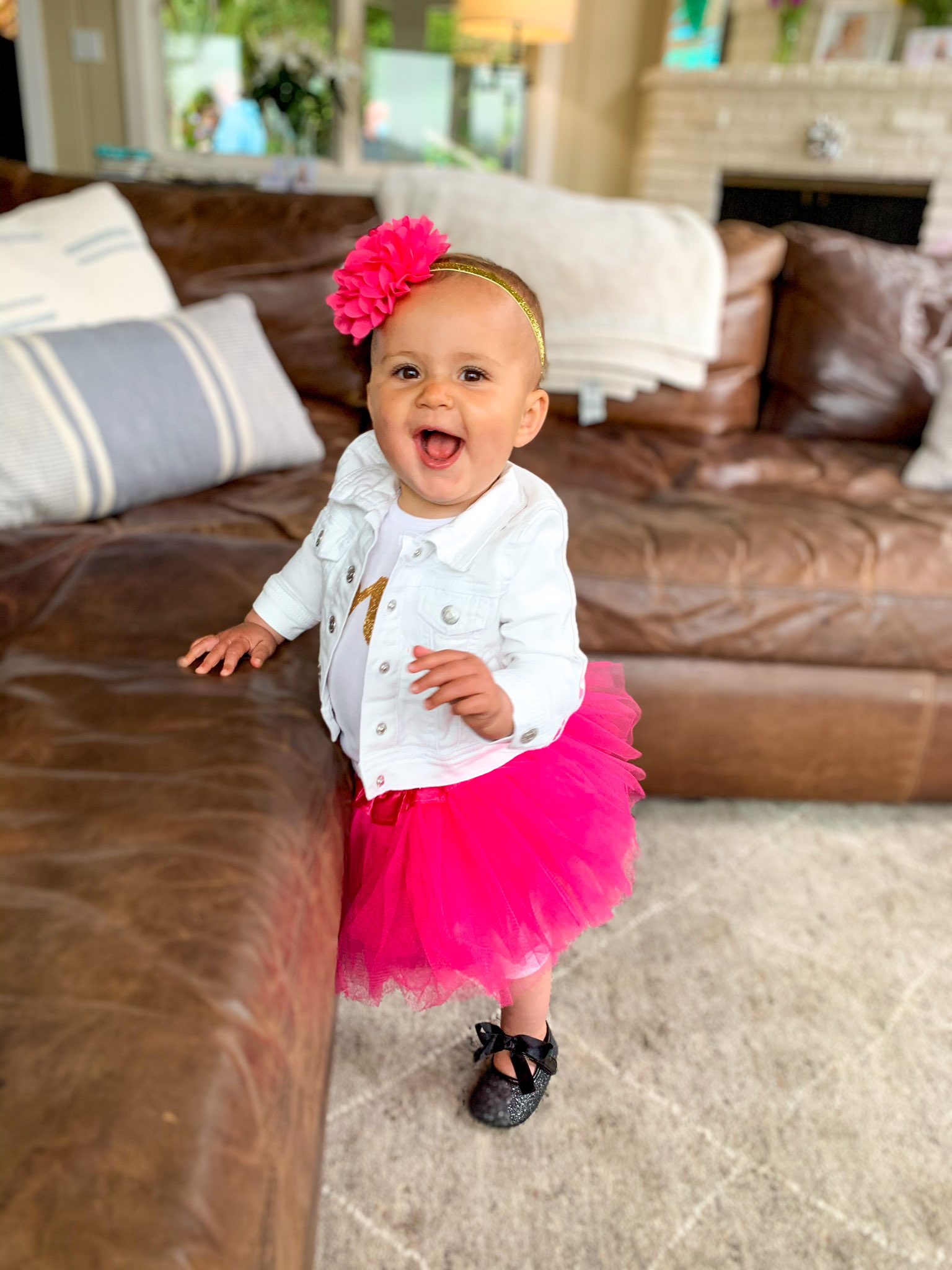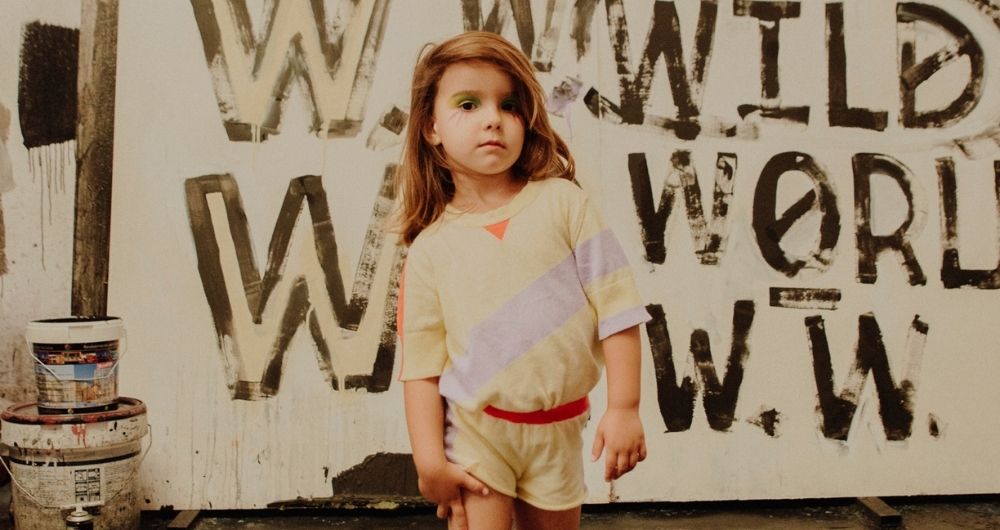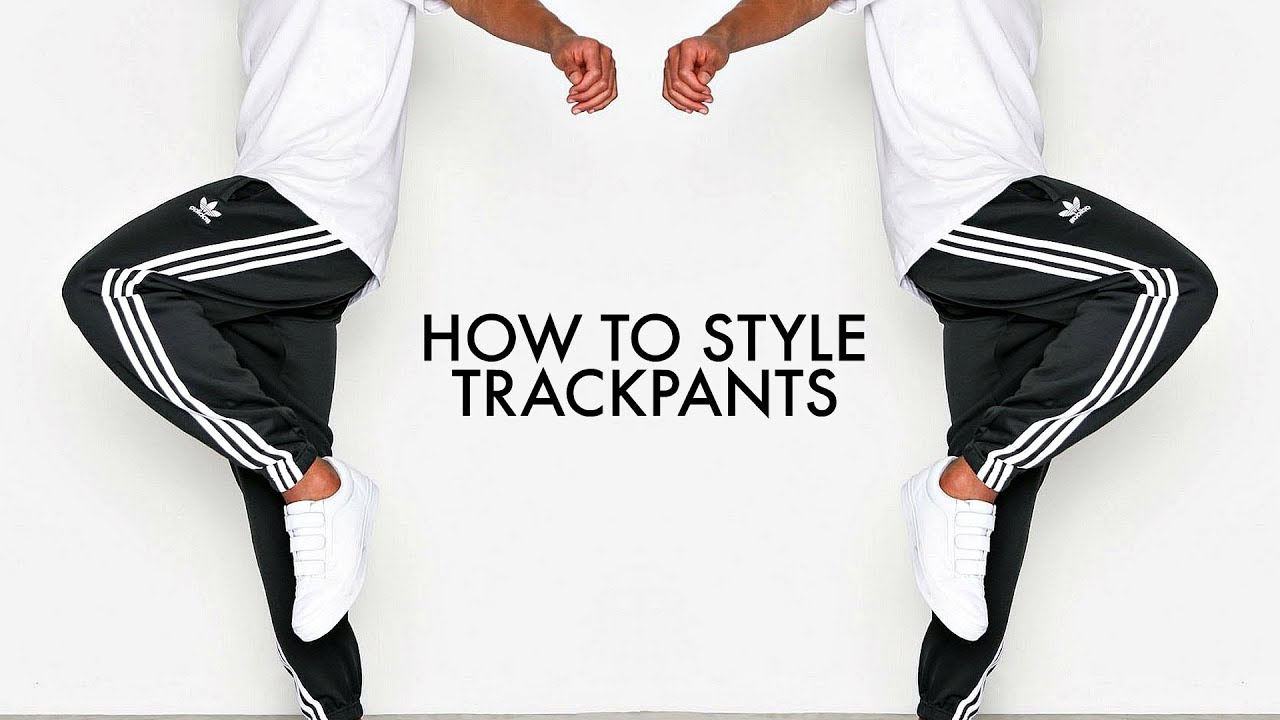
Japan's fashion styles are as varied as the people who live there. Japanese fashion is versatile. It can look international from minimalist to capital and from visual kei or symbolism. Here are some ways to make your style popular. Below is a list of key elements for each style and some advice. These elements will help you create a Japanese wardrobe which will be noticed.
Japanese fashion embraces symbolism everywhere
You can find symbolism all around you when you buy a piece of Japanese clothing. Kanji means "snowfall," and this symbol refers to the falling snow that sustains the earth. Other symbols found in Japanese fashion are the birds, trees, as well as the sea. These symbols are often associated with samurai-armour. In fact, the sea is never far away, and many people in Japan wear kimono with a yagasuri pattern.
Minimalism
Japan is known for its reductive aesthetics. But this is not because Japan has mastered them. It is simply a reflection of the way these styles interact. Japan has long been inspired by China. The Shoso-in Shoso-in treasure of the 18th century demonstrates this fusion, which emphasizes simplicity. The treasury has very few decorations and only contains the essentials.

Kapital
The distinctive, quirky designs from the Kapital in Japan clothing collection are now widely recognized. Known for their bandana shirts and pants inspired by haori art, the brand is a staple of the wardrobes of b-ballers and creatives alike. While many fashion brands strive to recreate the classics for the modern man, Kapital reinvents them with a fresh approach. Read on to discover what makes this Japanese brand stand out from the pack.
Visual kei
While visual kei music is usually considered heavy rock, the genre has also been influenced by punk, glam rock, nu-metal, and electro. This music style is also defined largely by its visual aesthetic. Many artists try to emulate the American glamour of their American counterparts. A common characteristic is big hair and elaborate stage costumes. These are just a few of the artists that have influenced visual kei music.
Yukata
If you're visiting Japan, consider purchasing a yukata, a traditional Japanese robe. These lightweight, loose-fitting and comfortable robes are great for summer. The obi (belt) is usually long and ties at the front. Your height should be considered when choosing the length of the obi or yukata.
Haori
A haori, a short-length coat worn over the kimono, is an example of a haori. Trove introduced two new haori made from modern materials like wool. The cupra rayon lining makes the haori feel soft and lightweight. These haori can either be worn with Japanese or western clothing. Kimono are very rarely worn outside formal events in Japan today. You can wear your haori outside or inside your home, but you will still feel as though you are in Japan when the weather is warm.

Maekake
Maekake apron is a type that has many uses. These aprons are often used to carry or lift heavy objects, and can also be used as a protective garment for small children. Maekakes not only have practical uses but also keep fur from straying clothes. Maekakes are often worn by young children indoors in order to protect their clothing against sticky fingers.
Maekake looks great with western clothing
Maekake designed with an oriental twist can be used as an alternative to traditional Japanese clothes. Originally made in Japan, these garments were first worn by professionals as advertisements. To create a stylish and trendy ensemble, maekake designs can be paired up with western clothing and accessories. They can also be used indoors as a protection for clothing from strayfur. These versatile accessories are great for children.
Yohji Yamamoto
Yohji Yamamoto, a fashion designer, spent nine years creating his designs for Paris Fashion Week. In 1977, he made his debut with Y (a women's collection). He received great praise for the line and, in 1977, presented his first women’s collection to Paris. His fashion line has evolved to include luxury accessories as well as pieces. In 2000, he was partnered with Adidas on a limited line of sneaker-heels. The designer is now aiming to produce sneaker heels.
FAQ
What makes good quality clothing?
High-quality material is the key to quality clothing. The fabric used to make them needs to be sturdy enough to last.
Before you buy an item, make sure to check its production date.
You may not want it to go to waste if it was expensively made or designed by someone you know.
It's important to remember that if you spend less on an item, you won’t get much use out of it. It's important that you choose items that are not too costly.
Where do you look for fashion trends?
Fashion trends are created by many different people, including designers, stylists, photographers, models, celebrities, bloggers, etc. Trends come from all over the world, and they're constantly changing.
Trends are affected by what is happening around them. People want clothes that reflect our culture, our heritage, and where we live.
People also want to express themselves through clothing. They want their style to reflect their personality.
They want to be different from the rest.
How do I know which store has the best selection?
You will likely see many types of shops when you shop for clothes. Some stores sell only one kind of product. Some stores sell only one type of product. Others sell multiple products.
It is important to look for a shop that stocks all types of merchandise when shopping.
If you are looking to purchase jeans, for example, you will need to shop at a store that sells many brands. If you are looking to buy shirts you will need to find a store that carries many styles.
If you wish to purchase a specific brand or pair of jeans, you must visit a boutique that specializes in them.
Where can I get clothes?
Clothes are everywhere. There are many places to shop for clothes, including department shops, specialty shops and discount stores.
You can find clothing stores at Macy's department stores, Sears, JC Penneys, Kmart, Kohl's and Wal-Mart.
Statistics
- The middle 50 percent earned between $42,150 and $87,120. (en.wikipedia.org)
- Finally, Express carries petite sizes, which, according to the retailer, are meant for women 5'4″ and under. (collegefashion.net)
- For her AW15 menswear show, according to Water, "where models with severely bruised faces channeled eco-warriors on a mission to save the planet." (en.wikipedia.org)
- Also, they are known for offering up to 50% off quite often – always wait for the sales with Express! (collegefashion.net)
- The lowest 10 percent earned less than $32,150, and the highest 10 percent earned more than $124,780. (en.wikipedia.org)
External Links
How To
How To Pick The Best Shoes For You
You must remember these things when selecting your shoes. The first is to choose the right size shoe. You must know your size to buy the correct size, especially if it's your first pair of shoes. You should also ensure that the shoes fit properly. They are unlikely to last long if you feel uncomfortable in them.
Another important factor that you should consider is what type of shoes you want to wear. Do you prefer casual shoes, dressy shoes, sports shoes, or work shoes? Are you looking to find shoes that suit different occasions? For example, formal shoes are usually worn at weddings and parties, while sneakers are used during sports activities. Your lifestyle and preferences will determine the type of shoe you choose.
The third consideration is the type of material. The most durable and timeless shoes are leather, but they are costly. Synthetic materials such as rubber, canvas, mesh, etc., are cheaper than leather but less durable. While plastic might seem cheaper than leather, that doesn't necessarily mean they don't look great. There are many kinds of synthetic materials like microfiber, nubuck, suede and nubuck. They are easy to maintain and affordable.
Consider how much you can afford to buy shoes. Although quality shoes may cost more, there is a small price difference between brands. Buy expensive shoes to get the best value for your money.